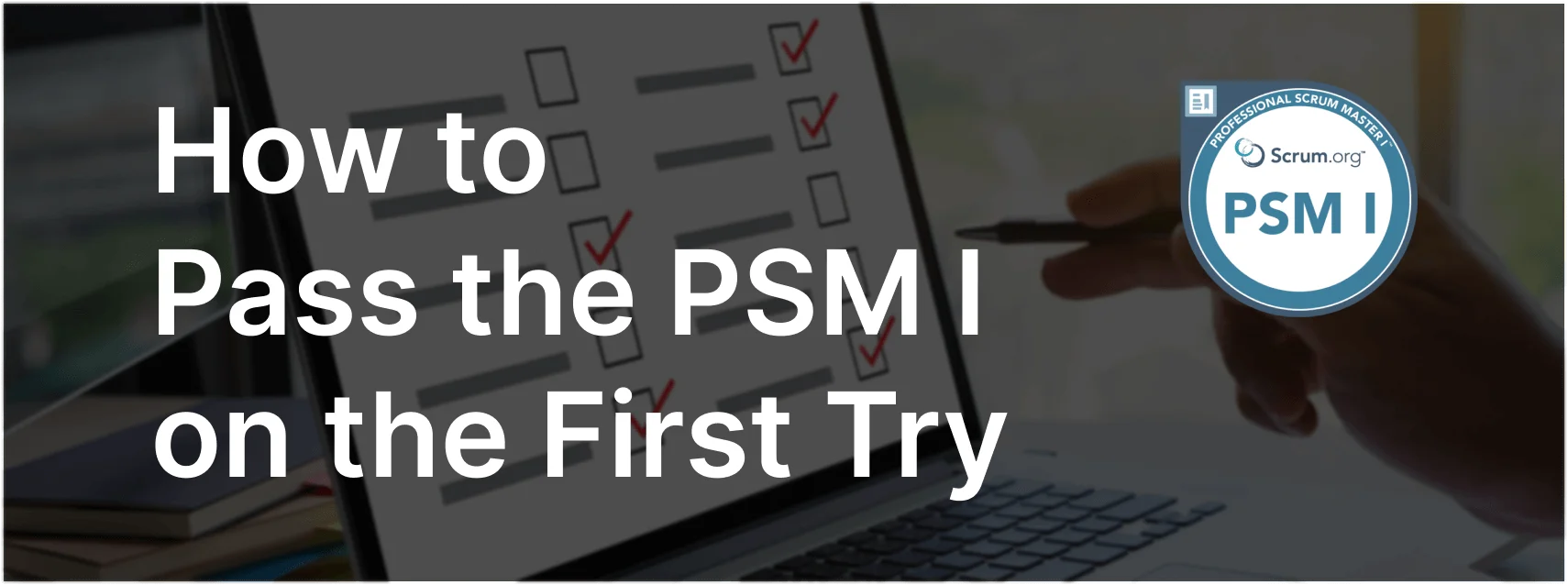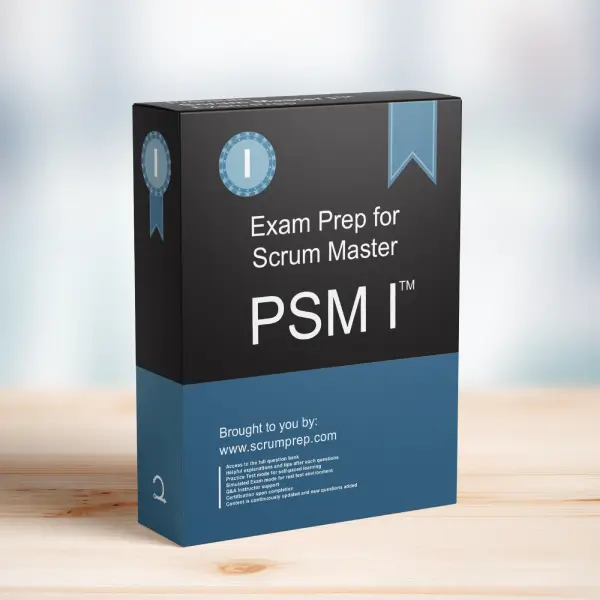Understanding the Product Backlog in Scrum
In Scrum, the Product Backlog is a dynamic list that evolves as the product and the environment in which it will be used evolves. It is not necessary for the Product Backlog to be fully detailed before starting the first Sprint. This article explores a specific exam question about the state of the Product Backlog before the first Sprint, providing detailed explanations and insights relevant to the PSM I exam.
Exam Question
True or False: The Product Owner should have the entire Product Backlog documented in detail before the first Sprint can start?
- A. True
- B. False
Correct Answer
B. False
Explanation
Correct Answer
B. False: In Scrum, it is not required for the entire Product Backlog to be documented in detail before the first Sprint. The Product Backlog is a living artifact that evolves as more is learned about the product and its users. Initially, only enough items to fill the first Sprint need to be well-defined and detailed. As the team progresses through Sprints, the Product Backlog will be continuously refined and detailed further.
Incorrect Answer
A. True: This statement is incorrect because it suggests that the Product Backlog must be fully detailed before any work can begin. This approach contradicts the agile principle of iterative development, where details are progressively elaborated as the project evolves.
Responsibilities in Scrum
- Product Owner: The Product Owner is responsible for the Product Backlog’s content, availability, and ordering. They ensure that the most valuable and clear items are prepared for the upcoming Sprint Planning session.
- Scrum Master: The Scrum Master supports the Product Owner and the team by facilitating the refinement process and ensuring that Scrum practices are followed, including the iterative detailing of the Product Backlog.
- Developers: Developers collaborate with the Product Owner during refinement sessions to provide estimates and technical insights, ensuring that Product Backlog items are actionable for upcoming Sprints.
Relevance to the PSM I Exam
Understanding the nature of the Product Backlog and its management is crucial for the PSM I exam. It demonstrates knowledge of agile principles and the iterative nature of Scrum, where work is progressively refined and detailed. Mastering this concept is essential for effective Scrum practices and continuous delivery of value.
Key Takeaways
- The Product Backlog is a living document that evolves over time.
- It is not necessary to have the entire Product Backlog detailed before the first Sprint.
- Scrum emphasizes iterative development and progressive refinement of work items.
Conclusion
The Product Backlog in Scrum is designed to be flexible and adaptive, evolving as more is learned about the product and its users. It is not required to have the entire Product Backlog detailed before starting the first Sprint. Understanding this iterative approach is essential for effective Scrum implementation and success in the PSM I exam. For comprehensive preparation and practice exams, check out PSM I Exam Prep to enhance your understanding and application of Scrum principles.




